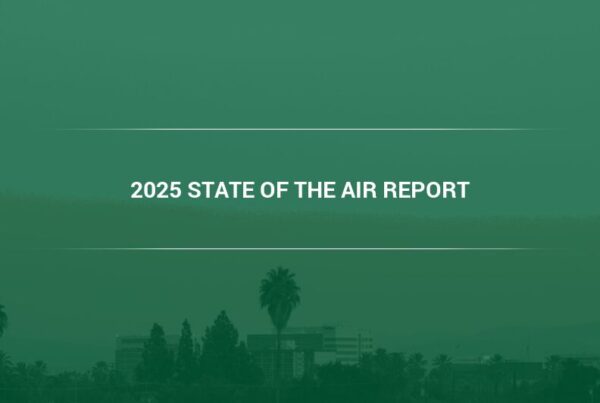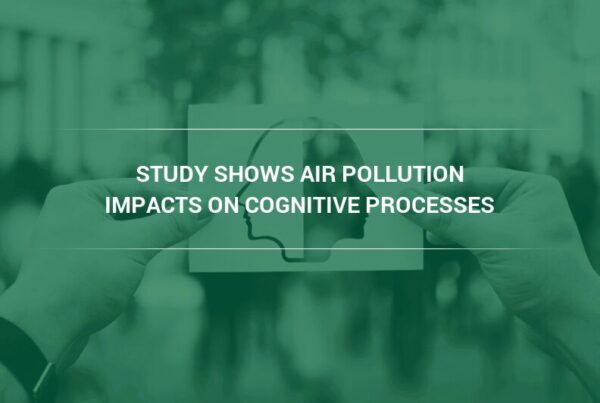Pharma labs must have clean air in them, as if the air is not clean it can contaminate drugs. Contaminated drugs can have devastating health impacts, so pharma labs have air quality standards they must follow to ensure that drugs are prepared safely. How safe is the air in these labs in reality, and what kinds of pollutants exist in them? What can be done to reduce these air pollutants?
Common Air Pollutants In Pharma Labs
Common air pollutants in pharma labs include microorganisms and bioaerosols. Bioaerosols refer to particles that are released into the air by living ecosystems. This can include fungal spores from the mold, pollen from plants, endotoxins, or animal dander. Bioaerosols also include particles of dust that carry microorganisms on them.
Common bioaerosols include E. coli, listeria, salmonella, and Clostridium. Drug preparation facilities are supposed to be cleaned and sterilized to remove bioaerosols and other pollutants, but frequently microbial contamination of drugs can occur anyway. The main source of contamination from microbes comes from the people who work in the lab. Lab workers can unknowingly bring in many different microbes and air pollutants on their clothes and bodies and if proper sanitization isn’t done or drugs are improperly prepared, the drugs can be contaminated.
“Air pollutants in pharma labs can also include the common air pollutants defined as criteria pollutants by the EPA,” says Camfil’s Charlie Seyffer, Manager of Marketing & Technical Materials and 37-year ASHRAE member and active committee participant. “These include carbon dioxide, carbon monoxide, volatile organic compounds (VOCs) and particulate matter. These air pollutants can come from devices and appliances found indoors like heating systems, but they can also infiltrate the building’s envelope through cracks or open windows, coming in from outside.”
Health Effects of Air Pollutants in Pharma Labs
The health effects of air pollutants in pharma labs include damage to both the health of workers at the lab and to those who use the products created at a lab. The microorganisms and criteria air pollutants that can be found in a pharma lab’s air can cause damage to the respiratory tract. This includes damage to the lungs, nose, and throat. Air pollutants can irritate the eyes and skin as well.
High volumes of exposure to air pollutants can exacerbate previously existing respiratory conditions or lead to the development of respiratory conditions like pneumonia. Exposure to particulate matter pollution can increase a person’s risk of developing cancer and exposure to microorganisms can cause diseases associated with the various microbes.
Exposure to microbes through contaminated drugs can be extremely dangerous to the health of the individuals taking those drugs, and drug batches are contaminated in non-trivial amounts.
Air pollution can even contaminate drugs once they have left the pharma lab and arrived at a hospital or drug dispensary. Research conducted at a hospital in Tanzania found that approximately 50% of all products produced at a pharma lab and sent to a hospital were heavily contaminated with bacteria, consisting of Candida, Bacillus and Klebsiella species. Not only can these microbes cause diseases, but research into the bacterial strains found at the plant indicated that they were resistant to cloxacillin and Augmentin, common forms of antibiotics. This means that if proper care isn’t used when preparing drugs, the drugs could become infected with antibiotic-resistant bacteria.
“Even the chemicals used to clean up pharma labs can cause damage to people’s health if not properly used and controlled,” explains Seyffer. “Chemical cleaners often release VOCs which can irritate the eyes, nose and throat in small amounts and cause permanent lung damage in greater amounts.” (2)
Controlling Air Pollution In Pharma Labs
Controlling air pollution in pharma labs can be achieved through a combination of filtration, source management, and proper training.
Source management means identifying and controlling potential sources of air pollutants. Pharma labs should be regularly inspected for any leaks in the building’s envelope, and the presence of any mold in warm moist areas. Pharma lab employees can be trained to use chemical cleaners responsibly and to report the presence of any possible sources of air pollutants.
“Improved ventilation and filtration should be employed to reduce levels of air pollutants within pharma labs,” says Seyffer. “Ventilation helps dilute levels of air pollutants in a room, as the air is spread over multiple areas of the building and the concentration of pollutants in any one room is decreased. Proper filters should be used in HVAC systems within pharma labs.” (3)
High-Efficiency Particulate Air (HEPA) filters can remove 99.9% of all air pollutants within the air, and they should be utilized in pharma labs to keep the air and drugs free from contaminants.
It is also important to train lab employees on the proper procedures to avoid contaminating drugs. Proper sanitization and preparation methods should always be followed by pharma lab employees. The improper handling of drug creation supplies can lead to cross-contamination, so employees should be trained to watch out for these pathways of contamination.
Air pollution in pharma labs represents a grave health risk to the people who work in the labs as well as to the public who consumes the drugs produced in them. It is of extreme importance to take all measures to reduce air pollution in pharma labs and prevent the contamination of pharmaceutical drugs.
Camfil industrial air filtration company can give you the information you need to protect yourself from the air pollutants found in pharma labs. Whether you work in a pharma labor are worried about the common air pollutants found in labs, where you work or at home, Camfil can provide you with the resources you need to protect yourself, including high-quality filters. Contact Camfil today. Or, visit the Camfil USA catalog website
SOURCES:



